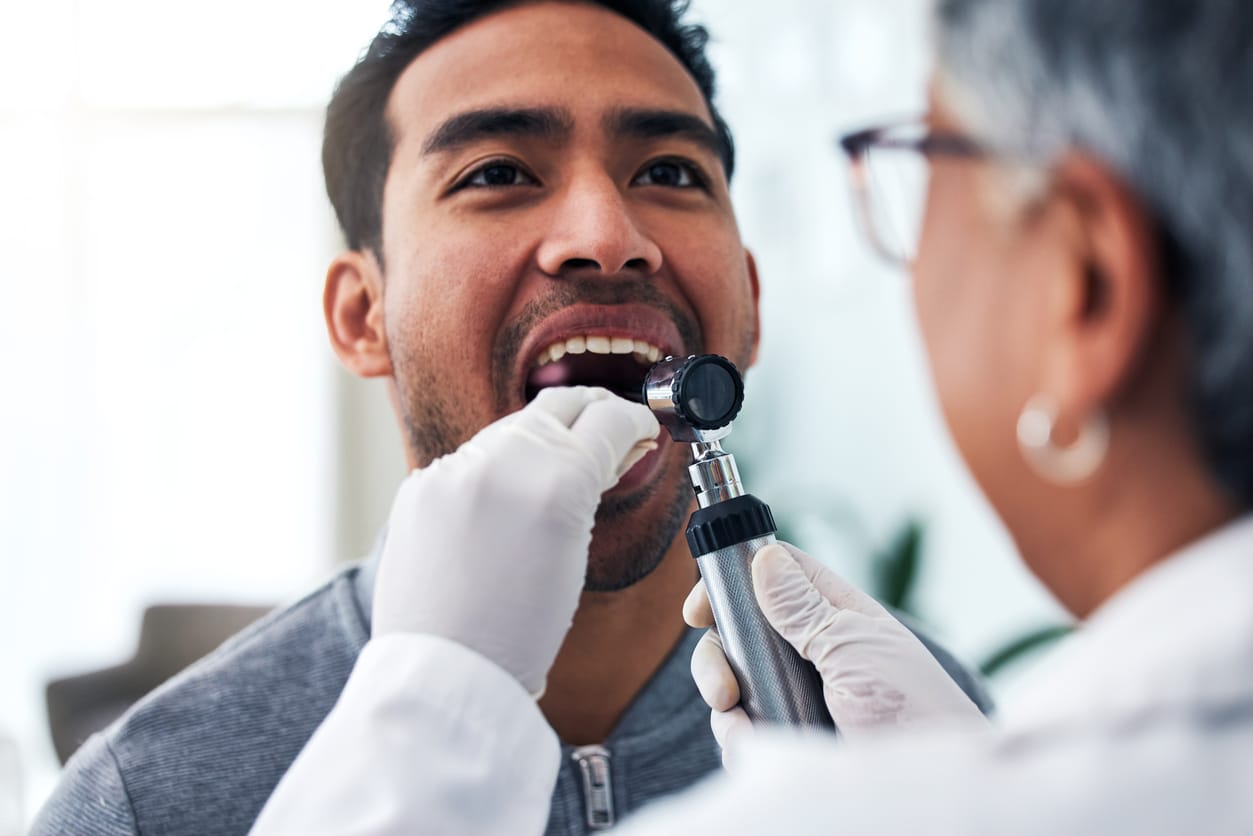
Oral cancer may not seem like a prevalent disease, accounting for only three percent of cancers and affecting roughly 54,000 people per year,1 but because the type of cancer is plagued by late discovery, it’s one of the deadliest—of the people newly diagnosed, only about 60% will live longer than five years.2
One person every hour of the day dies from oral cancer.3
Meanwhile, a rising parallel issue around oral cancer is that the usual subset of patients who tend to see a diagnosis—smokers and tobacco users over 40—is not the fastest-growing segment of new cases. Conversely, young, non-smoking and otherwise healthy individuals who have had exposure to human papillomavirus (HPV) are now most susceptible.
One key to slowing the spread of oral cancer is simply recognizing that it’s not just oral surgeons and dentists that bear the burden of discovering the malady in its early stages. Otolaryngologists, or ear, nose and throat doctors, are equally, if not more, adept at diagnosing not just oral cancer but the full scope of head & neck cancers.
Additionally, as a practitioner collaborating in our mutual effort to provide life-saving health care to our communities, you can help as well by looking for baseline symptoms. Symptoms of oral cancer are similar to those associated with other conditions and may seem harmless at first. Common signs include a lump or sore that doesn’t heal, persistent sore throat, difficulty swallowing and hoarseness.
“I came to be under Dr. Donovan's care during a medical emergency at the hospital. The care I received that day and in every interaction after, at Willamette ENT has been prompt, professional and very thorough. I feel very well cared for.”